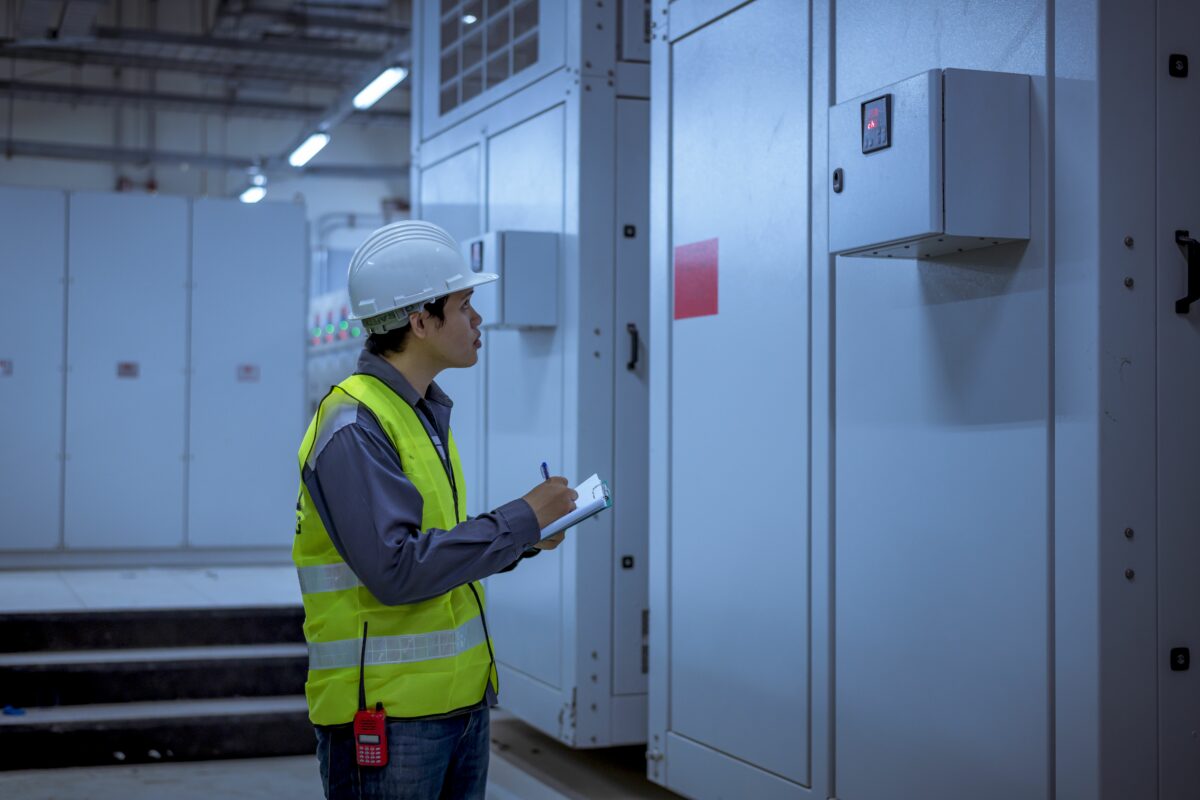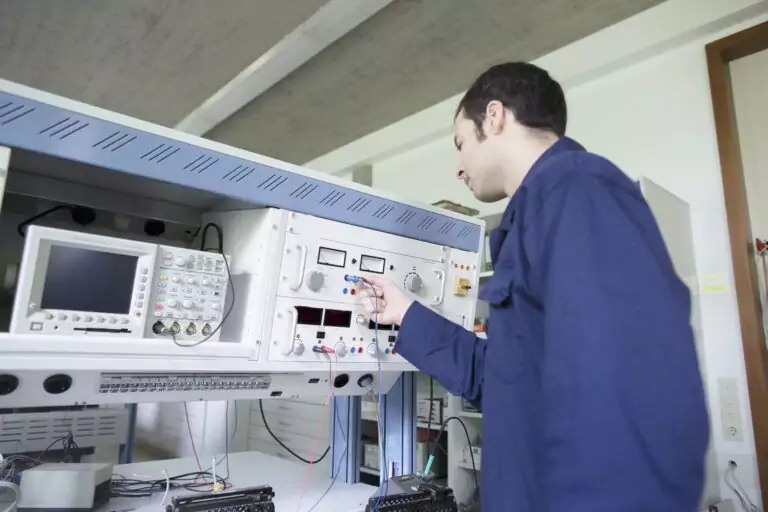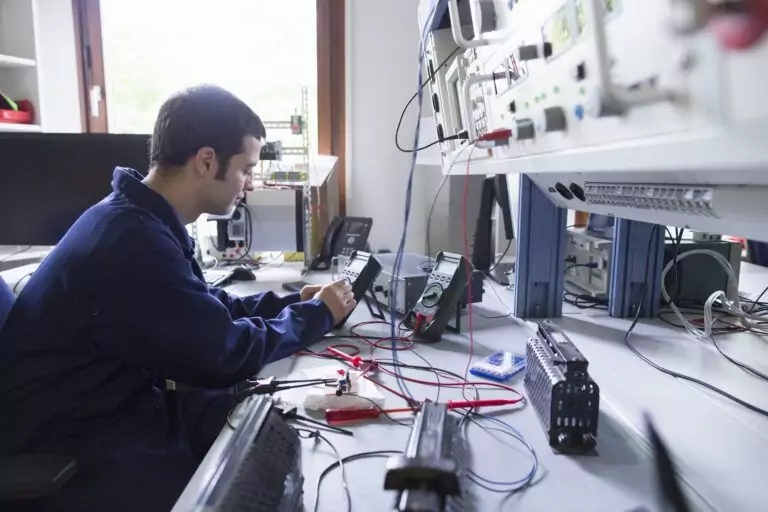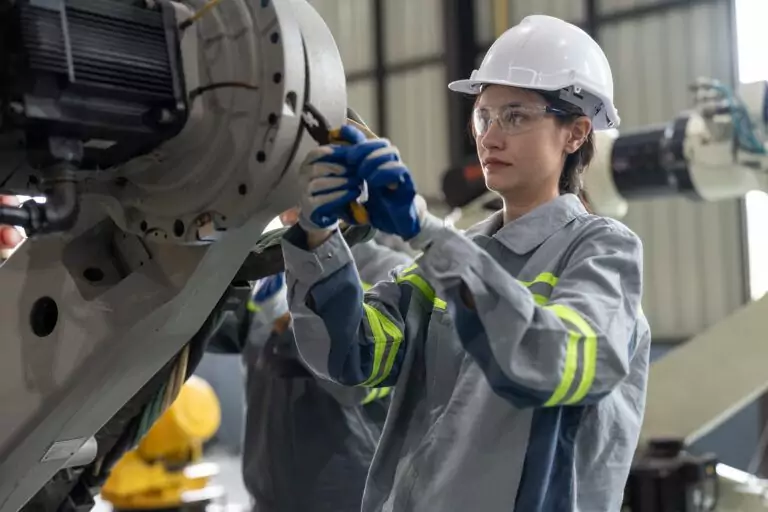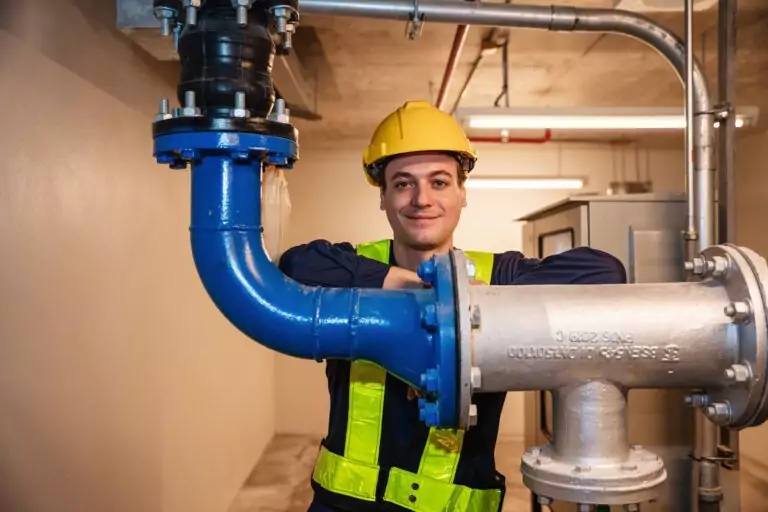Hey there! Ever wondered what keeps our lights on and gadgets running smoothly without a hiccup? It’s all thanks to the unsung heroes of the electrical world – preventive checks for power distribution systems.
These checks are like the regular health check-ups we undergo to ensure everything’s working as it should. They’re all about catching small issues before they turn into big problems, ensuring that the electricity flows uninterrupted, and keeping our homes bright and our devices charged. From inspecting the maze of power lines and transformers to using smart tech for monitoring system performance, these preventive measures are key to avoiding power outages and ensuring everything runs safely and efficiently.
So, let’s dive into the world of preventive checks and discover how they keep our daily lives powered up without a glitch!
What Are Preventive Checks for Power Distribution Systems?
Preventive checks for power distribution systems are critical measures designed to ensure the reliable and uninterrupted distribution of electricity. These checks serve as the first line of defence against potential failures, disruptions, or inefficiencies within the power distribution network. The overarching goal of these preventive measures is to maintain system integrity, safeguard public safety, and minimise the risk of costly downtime or damage.
At the core of preventive checks is the routine inspection and maintenance of physical infrastructure, including power lines, transformers, substations, and other distribution components. These inspections aim to identify and rectify wear and tear, corrosion, or other forms of deterioration before they can lead to system failures. Additionally, preventive checks encompass the monitoring of system performance and the early detection of irregularities through advanced diagnostic tools and technologies.
This includes the use of smart sensors and data analytics to predict potential issues based on real-time and historical performance data. Another crucial aspect of preventive checks involves vegetation management around power lines and infrastructure. This reduces the risk of power outages caused by falling trees or branches during adverse weather conditions.
Similarly, preventive measures include the calibration and testing of protective devices, such as circuit breakers and relays, to ensure they function correctly in the event of an electrical fault. Preventive checks also extend to the cyber domain, where cybersecurity protocols are implemented to protect the power distribution network from cyber threats and ensure the security of control systems and data. In summary, preventive checks for power distribution systems are a comprehensive suite of measures aimed at ensuring the efficient, reliable, and safe distribution of electricity.
By proactively identifying and addressing potential issues, these checks play a crucial role in preventing disruptions, enhancing system performance, and, ultimately, supporting the continuous supply of power to meet societal needs.
Why Are Preventive Checks Important?
Preventive checks are pivotal in maintaining the reliability and safety of power distribution systems. They play a significant role in minimising downtime and operational losses, ensuring that electricity distribution remains consistent and efficient. By conducting these checks, potential faults can be detected and rectified early, preventing them from escalating into major issues that could lead to system failures or safety hazards.
The importance of preventive checks cannot be overstated, as they directly impact the operational integrity and performance of power distribution networks. These measures are essential for detecting wear and tear, corrosion, or other forms of damage that could compromise the system. Furthermore, preventive checks are crucial for identifying overheating components or potential grounding issues before they lead to failure, ensuring the system’s stability and safety.
In essence, preventive checks serve as a foundational aspect of power distribution system management, safeguarding against unexpected outages, reducing the likelihood of emergency repairs, and, ultimately, protecting personnel and the public from potential safety hazards.
To Ensure Reliability and Safety
Preventive checks are essential for sustaining the reliability and safety of power distribution systems. By systematically inspecting and maintaining the infrastructure, these checks help prevent hazardous conditions that could lead to electrical accidents or system failures, thereby ensuring a safe environment for both the workforce and the public.
To Minimize Downtime and Operational Losses
Regular preventive maintenance significantly contributes to reducing downtime and operational losses. By identifying and addressing potential issues before they disrupt the power supply, organisations can avoid the substantial costs associated with outages and maintain continuous, efficient operations.
To Detect and Rectify Faults Before They Escalate
Implementing preventive checks allows for the early detection of faults, which is crucial for preventing minor issues from escalating into major problems. This proactive approach not only extends the lifespan of the equipment but also optimises the overall performance of the power distribution system, ensuring its long-term stability and reliability.
Common Preventive Checks in Power Systems
Preventive checks in power distribution systems are essential routines that ensure the operational integrity and safety of the network.
These preventive measures, performed regularly, are key to maintaining a reliable and efficient power distribution system, minimising the risk of failures, and ensuring the safety of the system and its users.
Inspection of Physical and Mechanical Components
Regular inspection of physical and mechanical components is crucial to identify any structural issues that could lead to system failure.
Checking for Corrosion, Wear, and Physical Damage
Routine checks for corrosion, wear, and physical damage help in early identification and mitigation of potential risks to system integrity.
Testing of Electrical Parameters
Evaluating electrical parameters ensures the system operates within its designed electrical specifications.
Voltage, Current, and Resistance Measurements
Precise voltage, current, and resistance measurements are essential for assessing the health and efficiency of the power distribution system.
Thermal Imaging to Detect Hot Spots
Thermal imaging is employed to detect hot spots, which are often precursors to electrical component failures.
Identifying Overheating Components Before Failure
Early identification of overheating components allows for timely intervention before they lead to system failure.
Grounding System Verification
Verification of the grounding system is critical to ensure safety and system stability, protecting against electrical hazards.
Ensuring Proper Grounding for Safety and System Stability
Maintaining proper grounding is fundamental for the safety of personnel and the operational stability of the power distribution system.
Frequency of Preventive Checks
The frequency of preventive checks in power distribution systems is determined by several factors. Adhering to these guidelines helps maintain the efficiency, safety, and longevity of the power distribution infrastructure, minimising the risk of unexpected failures and operational disruptions.
Based on Manufacturer’s Recommendations
Preventive checks should align with the manufacturer’s recommendations to ensure each component functions optimally.
Specific Intervals for Different Components
Different components within the power distribution system may have specific intervals for checks, tailored to their unique operational demands.
Depending on the System’s Age and Condition
The age and condition of the system significantly influence the frequency of preventive checks, with older systems often necessitating more attention.
Older Systems May Require More Frequent Checks
More frequent checks are crucial for older systems to maintain performance and prevent failures due to wear and tear.
After Any Major System Alterations or Severe Weather Events
Following major system alterations or severe weather events, a thorough inspection is essential to assess impacts on the system’s integrity.
To Ensure System Integrity and Performance
Regular and appropriately timed preventive checks are indispensable for upholding the system’s integrity and performance, safeguarding against unexpected disruptions.
Who Should Perform Preventive Checks?
Preventive checks on power distribution systems should be carried out by qualified electrical technicians and engineers with expertise in power systems. These professionals possess the specific training and knowledge required to accurately assess the system’s condition and perform the necessary diagnostics. Their expertise enables them to identify potential issues early and implement corrective actions effectively, ensuring the system’s reliability and safety.
The complexity of power distribution networks demands a high level of skill and understanding, making the role of these specialists critical in the preventive maintenance process.
Qualified Electrical Technicians
Qualified electrical technicians are essential for conducting preventive checks, leveraging their specialised skills to ensure system safety and efficiency.
With Specific Training in Power Distribution Systems
Technicians with specific training in power distribution systems are adept at identifying and addressing the unique challenges of these networks.
Engineers with Expertise in Power Systems
Engineers with expertise in power systems play a critical role in performing complex analyses and implementing system optimisations.
For Complex Analyses and System Optimizations
Their advanced knowledge is crucial for complex analyses and system optimisations, ensuring the power distribution system operates at peak performance.
Necessary Tools and Equipment
The effectiveness of preventive checks in power distribution systems heavily relies on the use of specific tools and equipment. Together, these tools enable qualified technicians and engineers to conduct thorough and effective preventive maintenance, safeguarding the reliability and safety of power distribution systems.
Insulation Resistance Testers
Insulation resistance testers are critical for measuring the integrity of electrical insulation, ensuring the system’s safety and functionality.
Circuit Breaker Analyzers
Circuit breaker analysers play a key role in assessing circuit breaker performance and timing, which is crucial for system reliability during faults.
Thermal Cameras
Thermal cameras are invaluable tools to visually identify areas of excessive heat, aiding in the early detection of potential failures.
Multimeters and Clamp Meters
Multimeters and clamp meters are essential for general electrical testing and diagnostics, providing accurate measurements of key electrical parameters.
Consequences of Neglecting Preventive Checks
Neglecting preventive checks in power distribution systems can lead to severe consequences, impacting both the system’s reliability and safety. Without regular maintenance, the risk of system failures escalates, potentially resulting in unplanned outages and service interruptions. These disruptions not only cause operational losses but also impose higher maintenance and repair costs as emergency repairs and equipment replacements become more frequent.
Furthermore, the safety of personnel and the public is compromised, with increased risks of electrical shocks, fires, and explosions. Therefore, adhering to a strict schedule of preventive checks is crucial to avoid these adverse outcomes, ensuring the continuous, efficient, and safe operation of power distribution networks.
Increased Risk of System Failures
Neglecting preventive checks significantly elevates the risk of system failures within power distribution networks.
Leading to Unplanned Outages and Service Interruptions
These failures often result in unplanned outages and service interruptions, disrupting the continuity of power supply.
Higher Operational and Maintenance Costs
The absence of regular maintenance leads to higher operational and maintenance costs, primarily due to emergency repairs and the need for equipment replacements.
Due to Emergency Repairs and Equipment Replacements
Emergency repairs and sudden equipment replacements become frequent, further escalating operational costs.
Safety Hazards for Personnel and the Public
Disregarding preventive maintenance introduces considerable safety hazards for both system personnel and the general public.
Risk of Electrical Shocks, Fires, and Explosions
Such safety hazards include an increased risk of electrical shocks, fires, and explosions, posing significant danger to lives and property.
Keeping the Current Flowing
From spotting corrosion on a circuit to catching a hot spot before it flares into failure, preventive checks are the unsung routines that keep our power distribution systems reliable, efficient, and safe. These proactive steps, whether physical inspections, thermal scans, or system tests, aren’t just technical tasks; they’re essential for preventing outages, reducing costs, and protecting people.
At Vista Projects, we bring deep engineering insight and smart system integration to power distribution challenges. Our data-driven approach and commitment to reliability mean we help clients avoid issues before they become expensive problems.
Ready to future-proof your power systems with smarter preventive strategies? Let’s power up your infrastructure and connect with Vista Projects today.
